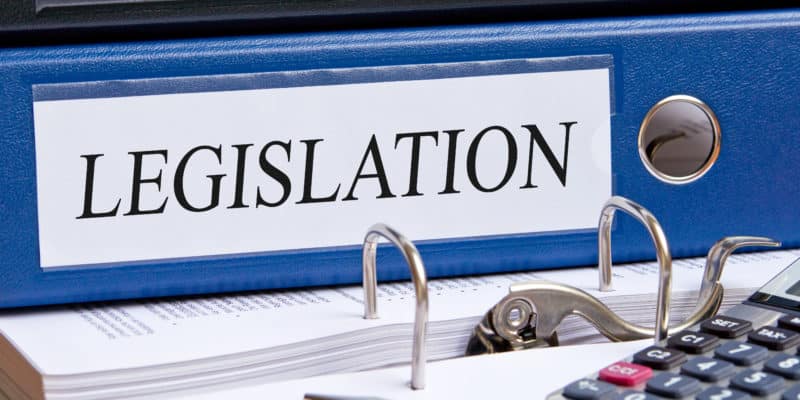JD Supra
August 22, 2022
Over the next decade, the United States, through enactment of the Inflation Reduction Act of 2022 (IRA), is primed to make a $369 billion investment in clean energy and climate change programs. The lion’s share of this investment comes in the form of tax credits (extending or expanding existing tax credits, reinstating expired tax credits, and establishing new tax credits) to incentivize behavior that makes significant progress in reducing greenhouse gas (GHG) emissions (with projections showing a nearly 40% decrease in GHG emissions compared to a 2005 baseline) while at the same time encouraging domestic manufacture of key climate change technologies.
Companies looking to execute projects to take advantage of these tax credits should note two significant differences from how these types of tax credits have been provided in the past.
First, with limited exceptions, most credits are set up with a low “base” credit that can be increased by satisfying certain requirements. For example, the investment tax credit has a “base” credit amount of 6%, which can be increased to 30% if the project meets both a prevailing wages requirement for its laborers, mechanics, contractors, and subcontractors and an apprenticeship labor requirement that a certain percentage of the total labor hours for construction, alteration, or repair work on a project are performed by qualified apprentices. The credit can be increased even further by satisfying a domestic content requirement, locating the facility in an “energy community” (which includes brownfields, areas with a history of significant fossil fuel employment, and properties on which a coal mine or coal-fired electricity generation has been recently located), or locating smaller scale projects in low-income communities or on Indian land. Similarly, some credits contain an enhanced credit for using certain technologies in project execution (e.g., the carbon oxide sequestration tax credit is enhanced for projects using direct air capture).
Second, and a change that is poised to shake up how certain projects are financed and developed, new methods of monetizing tax credits have been added. For developers, the ability to transfer all or a portion of eligible credits to an unrelated third party provided in exchange for cash consideration (which consideration is not included in the transferee’s gross income nor deductible by the transferor) will be fairly significant in how a project is structured (even if projects may still need a tax equity component to monetize accelerated depreciation). The IRA will also help incentivize certain tax-exempt and government entities to execute projects by offering direct payment in lieu of certain tax credits. For-profit entities pursuing clean hydrogen production, carbon capture and sequestration, and domestic advanced manufacturing projects can also elect direct pay in lieu of tax credits for those types of projects. We expect direct payment to drive significant activity towards those types of projects. Ultimately, new ways of monetizing credits will give rise to several new transaction structures.
This update is intended to provide a high level overview of some of the IRA’s tax credit incentives targeting clean energy and climate change. We have also published separate updates regarding the Act’s energy storage incentives and a general overview of IRA incentives.

